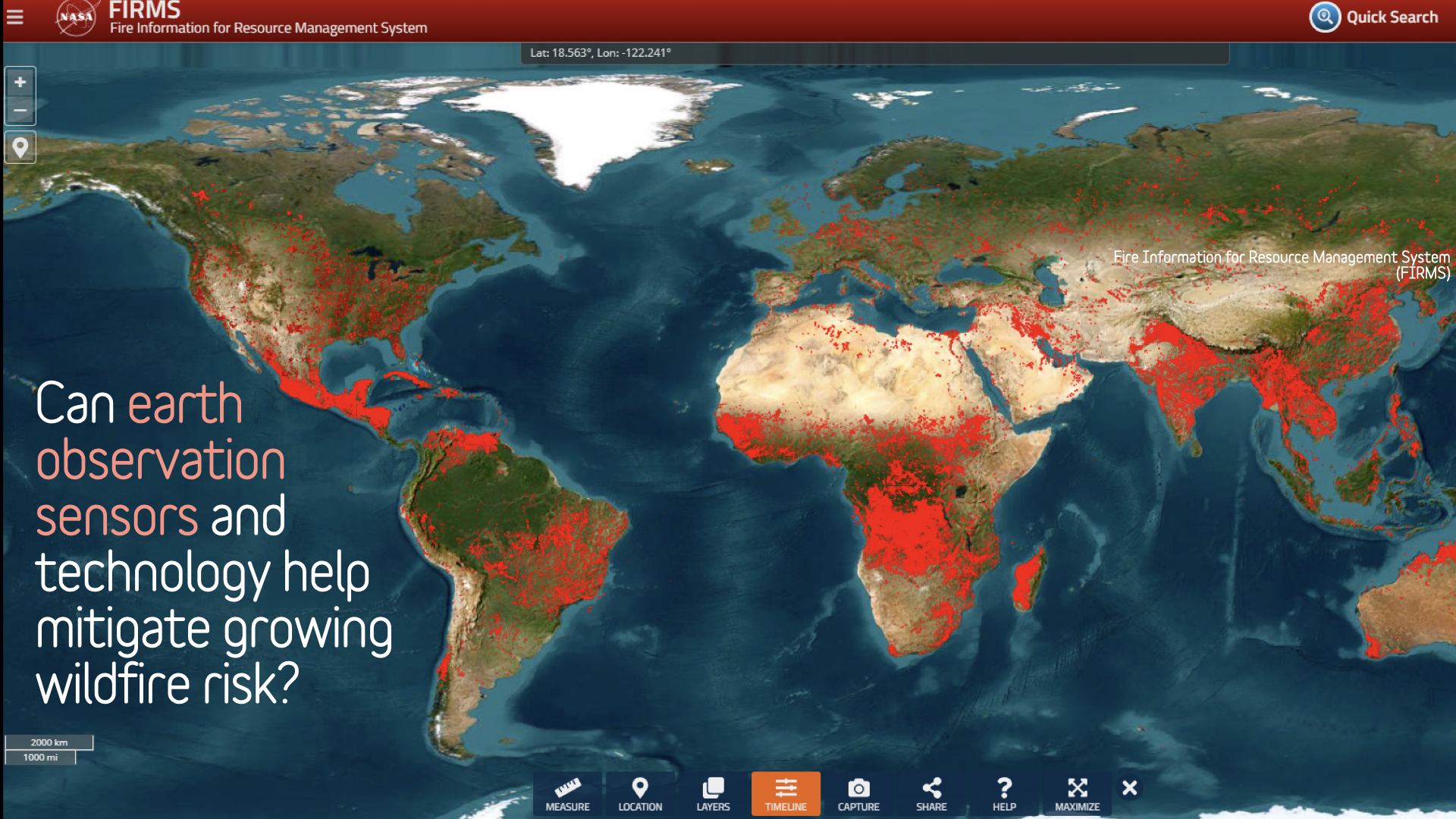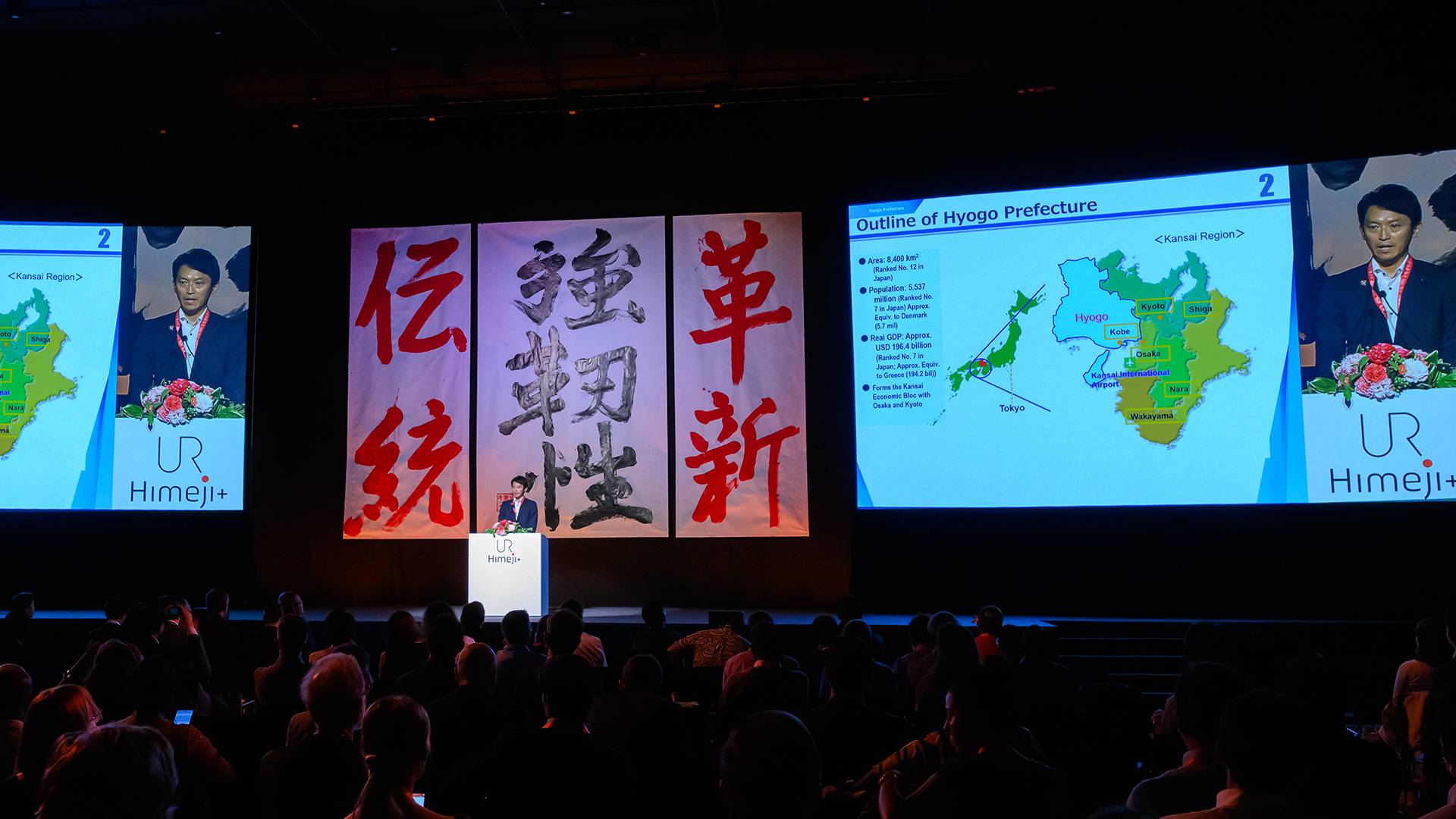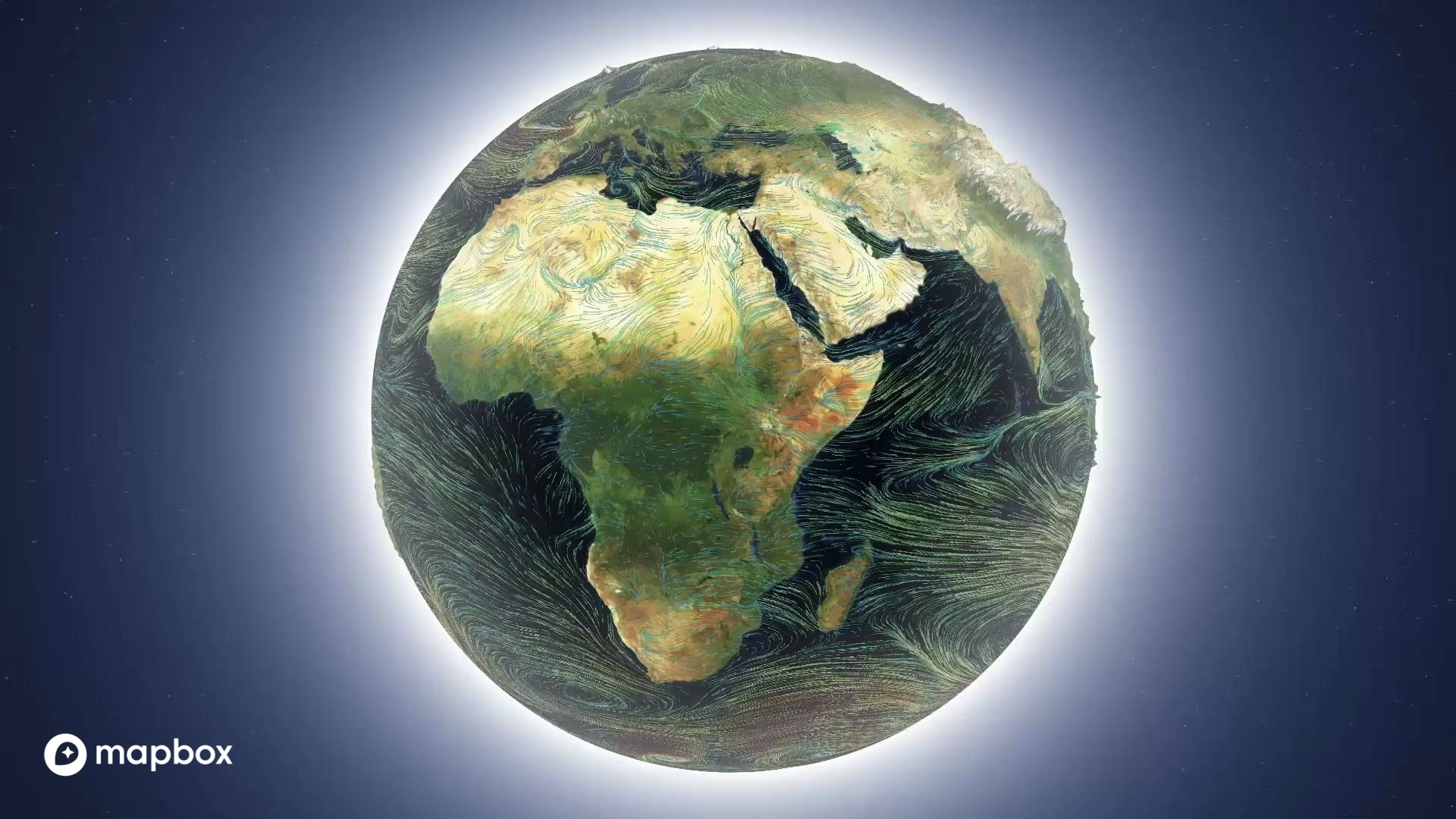Bridging the Infrastructure Gap: Tools for Resilient Investments in Infrastructure for the Caribbean and beyond.
Bridging the Infrastructure Gap: Tools for Resilient Investments in Infrastructure for the Caribbean and beyond. Canada Caribbean Resilience Facility (CRF) Key Initiatives; Cutting-Edge Tools and Methodologies for Emergency…
Bridging the Infrastructure Gap: Tools for Resilient Investments in Infrastructure for the Caribbean and beyond.
Bridging the Infrastructure Gap: Tools for Resilient Investments in Infrastructure for the Caribbean and beyond. Canada Caribbean Resilience Facility (CRF) Key Initiatives; Cutting-Edge Tools and Methodologies for Emergency…
What about Geohazards? Building a Global Community for Hazard and Risk Assessment
What about Geohazards? Building a Global Community for Hazard and Risk Assessment Geohazards such as earthquakes, volcanic eruptions, tsunamis and landslides represent a significant proportion of the global disaster risk. This…
What about Geohazards? State of Practice in Risk Assessment and Needs to Improve at National to Sub-National Level
What about Geohazards? State of Practice in Risk Assessment and Needs to Improve at National to Sub-National Level Geohazards such as earthquakes, volcanic eruptions, tsunamis and landslides represent a significant proportion of the…
Tomorrow’s Never Closed: the Future of Resilient Schools
Tomorrow’s Never Closed: the Future of Resilient Schools In the face of the learning crisis faced by low- and middle-income countries worldwide, the WBG’s Safer Schools Thematic Area works to bring Japan’s expertise on building…
Symphony of Tradition and Innovation: Orchestrating Global Resilience in Diverse Communities
Symphony of Tradition and Innovation: Orchestrating Global Resilience in Diverse Communities Today’s societies are complex ecosystems that are often affected by sudden or long-term disruptions, such as natural disasters including…
Sharing Experiences of Building Seismic Resilience: Indonesia, Japan, and the Philippines
Sharing Experiences of Building Seismic Resilience: Indonesia, Japan, and the Philippines This session discusses challenges and strategies of building seismic resilience in developing countries, highlighting the experiences from…
Safeguarding the Power System – Investing for Resilience in Bangladesh, Japan, and Ukraine
Safeguarding the Power System – Investing for Resilience in Bangladesh, Japan, and Ukraine Electricity is the lifeblood of a modern economy, with both natural and human-driven disasters creating complex challenges for ensuring…
Plenary: Welcome to UR24 – 30 Years on from the Great Hanshin-Awaji (Kobe) Earthquake
Plenary: Welcome to UR24 - 30 Years on from the Great Hanshin-Awaji (Kobe) Earthquake Download Transcript of Session
Lessons Learned from Ground Zero: Turkey, Morocco and Japan Earthquakes
Lessons Learned from Ground Zero: Turkey, Morocco and Japan Earthquakes Explore insights derived from earthquake response and recovery processes, spanning from the catastrophic 1995 Great Hanshin Earthquake in Japan to the recent…
From the Code of Hammurabi to Future Code: Building Regulations for Resilient, Green and Inclusive Built Environment
From the Code of Hammurabi to Future Code: Building Regulations for Resilient, Green and Inclusive Built Environment Rapid urbanization and increased risks from the impacts of climate change and natural hazards in low- and…
“Evacuate Immediately! Max height of 19m tsunami in 3 min!” A Small Coastal Town’s challenge.
“Evacuate Immediately! Max height of 19m tsunami in 3 min!” A Small Coastal Town’s challenge. The Nankai Megathrust Earthquake is expected to occur in Japan in the near future. In the worst-case scenario, an earthquake with a maximum…





